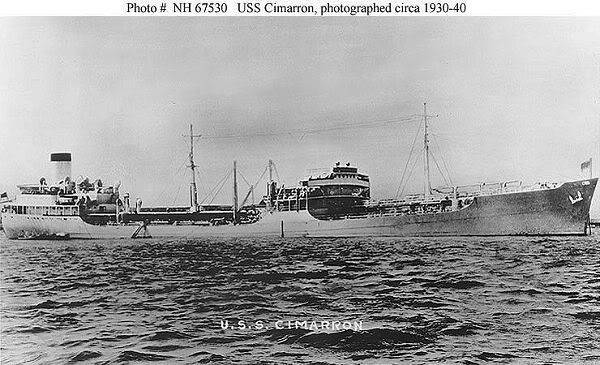The biggest limitation on Battleships in the pacific is that they were fuel hogs. That’s why most of the Japanese battle line spent most of the war anchored in the DEI where they could draw fuel right from the wells. Up until 1943, the old US battleships were VERY restricted in movement and the newer, more fuel efficient Treaty battleships carried the load.
Not really. The US was both the largest oil producer in the world, it was also the largest oil exporter in the world at that time. There was no real need for the US to try and "conserve", as production even rose during the war. The US had a navy of over 6,700 ships, and had no problems providing them with the fuel they needed.
Now for Japan, it was an issue because they were oil importers even before the war. And things only got worse for them when US subs started targeting their tankers. But that was not a problem for the US.
And the US only had 6 "Treaty Battleships". And your apparent belief here is dead wrong.
The "Fast Battleships" (North Carolina through Iowa class) would burn at their top speeds from 9 to 14,000 gallons an hour. However, on average the pre-treaty Battleships burned from a half to a third that amount of fuel at their top speeds. From as little as 3,200 gallons per hour at top speed for the Nevada Class. All of the WWI era and earlier battleships were much more fuel efficient than the Carolinas and Iowa class ships were. However, they were also much slower and could not hope to keep up with the new generations of carriers.
So I have absolutely no idea where you are getting that belief. But feel free to look above, that is a good breakdown of the fuel consumption at various speeds of all US Battleships of WWII.
And that and every other reference I have found says you are dead wrong. Treaty Battleships were not more fuel efficient. What they were though was a lot faster.


